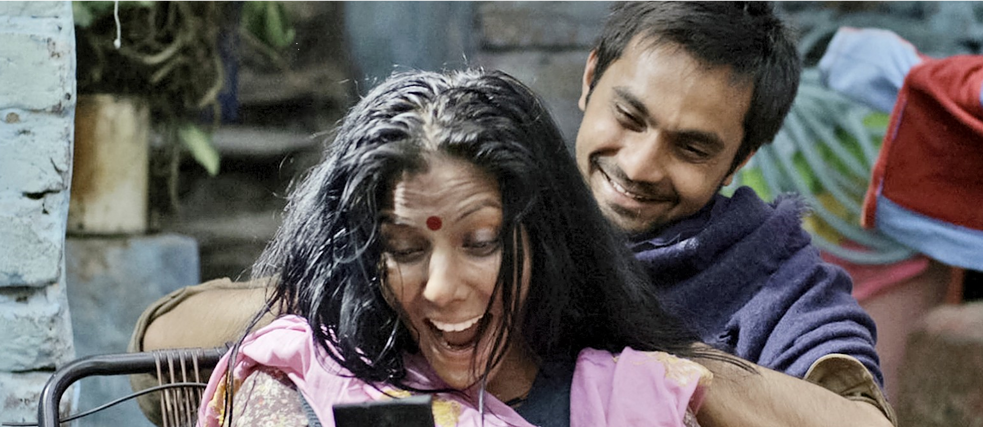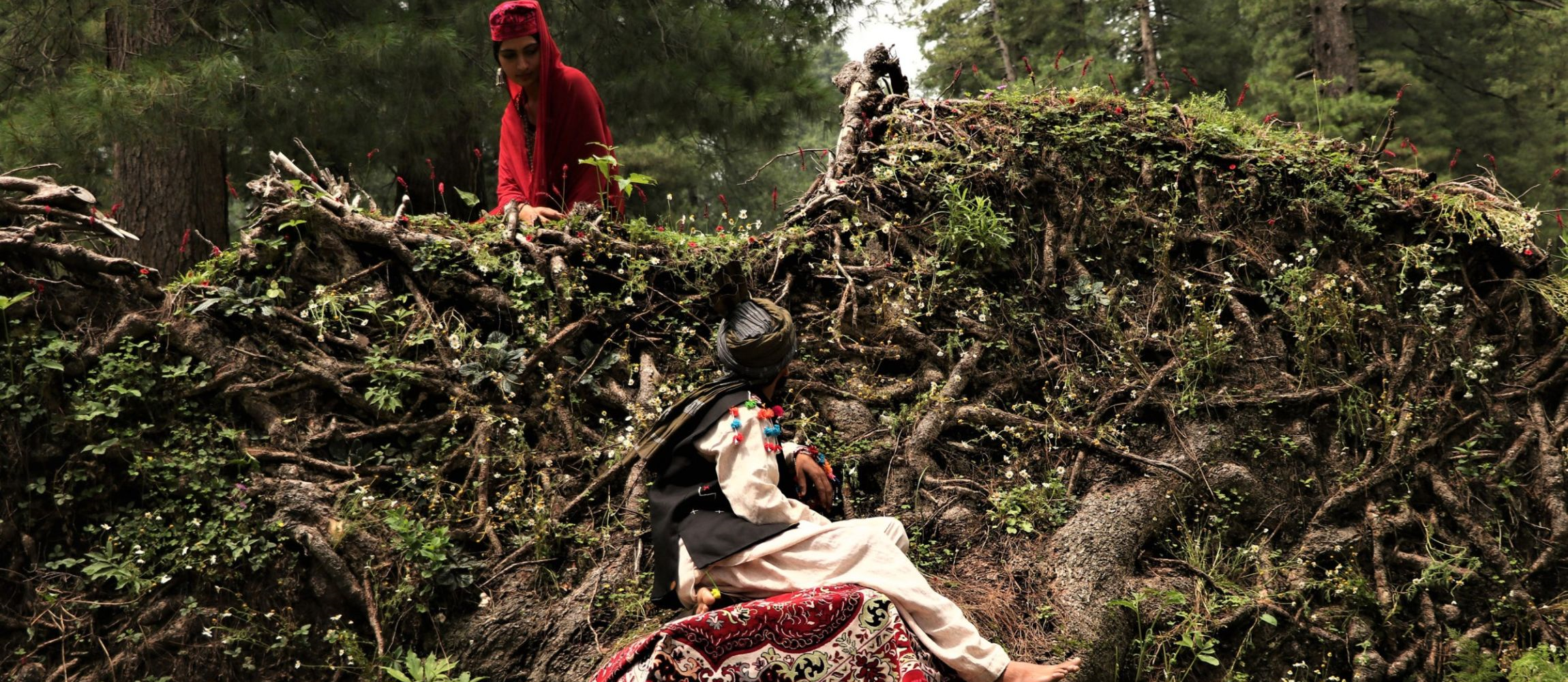Berlinale Bloggers 2020
India and the 70th Berlinale – Migration and the struggle for survival

Indian films have been established at the Berlinale since the early years of the festival: an Honorary Silver Bear went to India as early as in 1956. But what about the presence and themes of Indian films in the anniversary year?
By Anjana Singh
The 70th Berlinale has a new artistic director duo. Approximately 400 films will be shown this year, with India represented by four productions. As early as 1956, the Indian production Spring Comes to Kashmir won an Honorary Silver Bear and the country has been represented with two or more films annually since then; in 1988 with 14! Indian members were also repeatedly invited to join the various juries at the Berlinale, such as Satyajit Ray in 1961. In 2020, Rima Das is on the jury for Generation 14plus. In 2008, Shah Rukh Khan visited the city for the first time with Om Shanti Om, but he truly won over the heart of the city in 2010 with My Name is Khan and in 2012 with DON 2. Since then, Indian films have also been present in the German media and are known to a wider audience. While it was still possible to have a relaxed talk with director Yash Chopra in 2005 after the premiere of Veer-Zaara, today the city goes wild when stars like Alia Bhatt and Ranveer Singh appear on the red carpet (Gully Boy, 2019).
 Navjot Randhawa, Saddakit Bijran in Laila aur satt geet
Navjot Randhawa, Saddakit Bijran in Laila aur satt geet
The content of the films from India has changed over the years. In 2020, the focus is on politically and socially critical issues in particular. This year, a number of films at the Berlinale deal with the topic of migration. The German contribution Berlin-Alexanderplatz, a highlight of this year’s festival, can be read as a contemporary mirror of society. The Indian film Eeb Allay Ooo!, a satire by Prateek Vats, is about the struggle for survival in a new city, a bitter reality for millions of migrant workers. Above all, Vats aims to draw attention to grievances such as cruel lynch mob bullying. Laila aur satt geet portrays a modern-day, powerful image of women in a nomadic society. The nomad Laila attempts to take her fate into her own hands against resistance. She leaves her old life behind. In his film, Pushpendra Singh, who was inspired by strong women in his family, allows expressive images to speak for themselves.
Stefan Ottenbruch, the organiser of the annual Indo-German Film Festival in Berlin, takes a critical view of cultural cooperation between India and Germany, remarking, “At the political level, the mandate holders in India and Germany are very interested in cooperation and cultural exchange. But there’s a lack of mutual knowledge of the different cultures and financial circumstances. The lack of a strategy means that the theoretical interest is practically ineffective.” He knows his way around the industry. “Every year, there are many young filmmakers from India present at the Talent Campus, but in the Berlinale sections in general, Indian films, in all its diversity, are often still underrepresented.